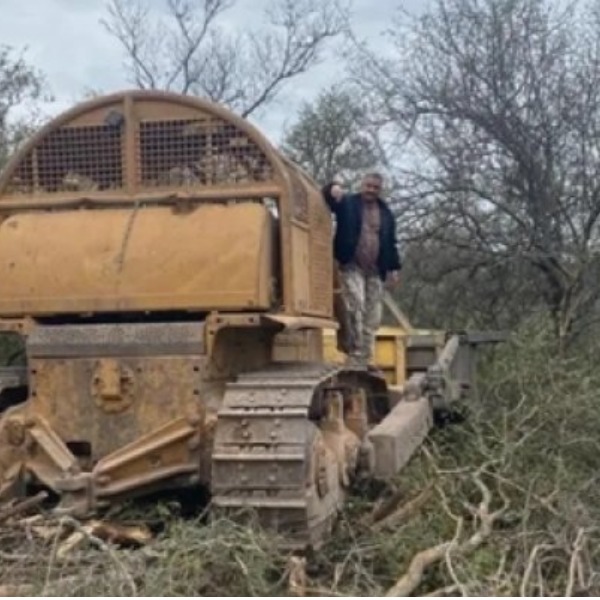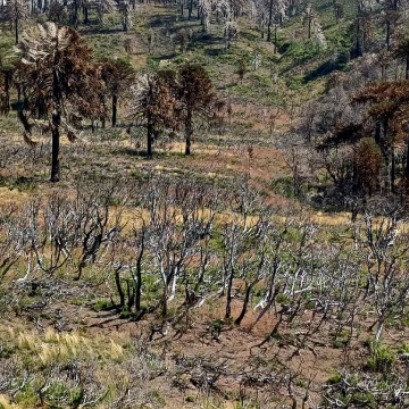
Chaco | Justice extends for six months the suspension of authorized clearings
Federal Justice decided to maintain for another six months the suspension of clearing in the province. From Greenpeace and the Argentine Association of Environmental Lawyers carry out a legal lawsuit, warning that Chaco was the second province with more clearing during the past year
The environmental organization detected that in 2024 41,718 hectares were deforested in the province, through flying and satellite image analysis. Viola the National Forest Law. According to the organization, the new regulations would allow the dismantling of about 1,200,000 hectares, affecting large mammal conservation corridors such as the Yaguareté. Imminent and irreversible damage to the ecosystem can be given in case of continuous acts, especially in the protected areas, expresses an extract of the failure. Greenpeace also denounces that the New Zoning reduces key areas for conservation, such as the area bordering on the Copo National Park and provincial reserves. Forest fires through the Votaporlosbosques.org page, where more than 265,000 people have already participated.
IT MAY INTEREST YOU
 The second largest wetland in South America is located in Argentina: what is it?
The second largest wetland in South America is located in Argentina: what is it?
Argentina has national parks that place it in a unique position within South America, competing with 300 others. Which is the largest? South America is home to more than 300 national parks, but many go unnoticed. There are extensive wetlands that have been the subject of major ecological restoration projects, to coastal mountains with deep indigenous heritage. Today we tell you the case of one located in Argentina.
 Specialists from 10 provinces develop forest landscape restoration strategies throughout the country
Specialists from 10 provinces develop forest landscape restoration strategies throughout the country
The program is developed by researchers from INTA, Conicet and the Argentine Wildlife Foundation.
 Experts cant believe it, but this tree is the oldest in the world and continues to bear fruit: it is 4,000 years old.
Experts cant believe it, but this tree is the oldest in the world and continues to bear fruit: it is 4,000 years old.
Nature keeps secrets that defy the passage of time, and one of the most surprising examples is a tree that, approximately 4,000 years old, continues to bear fruit today. This specimen has become a symbol of resistance and longevity, capable of surviving climate changes, landscape transformations and human activity itself.





















